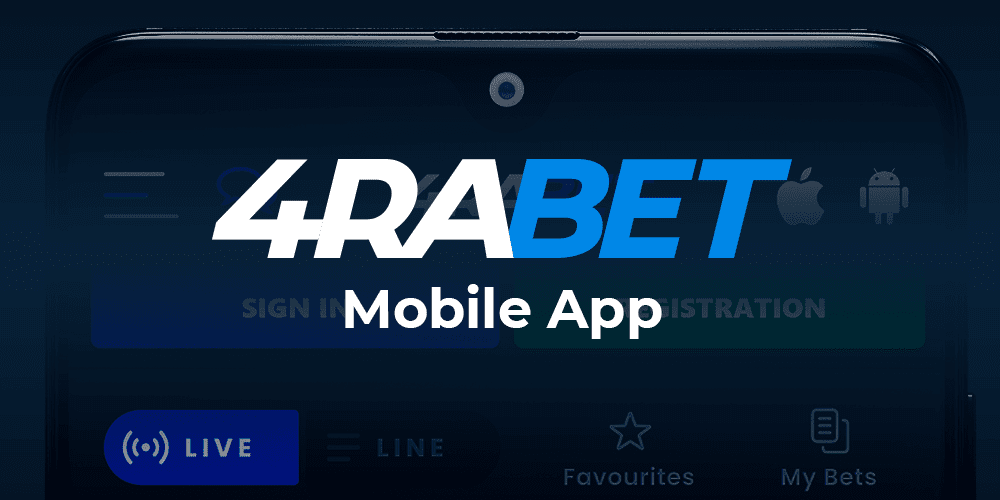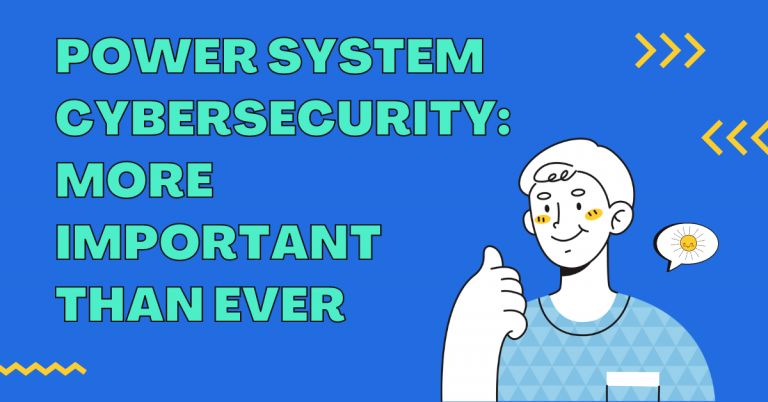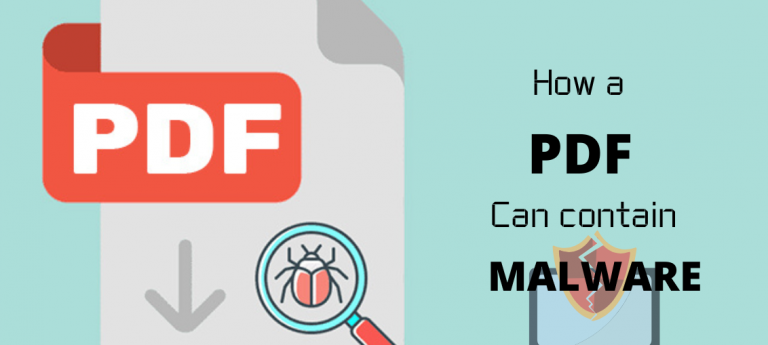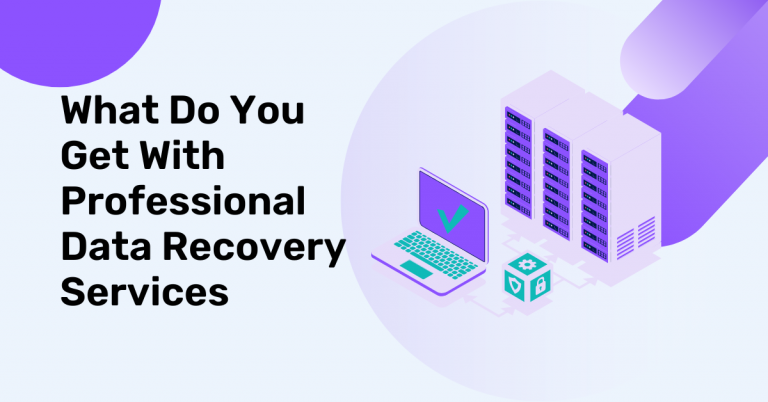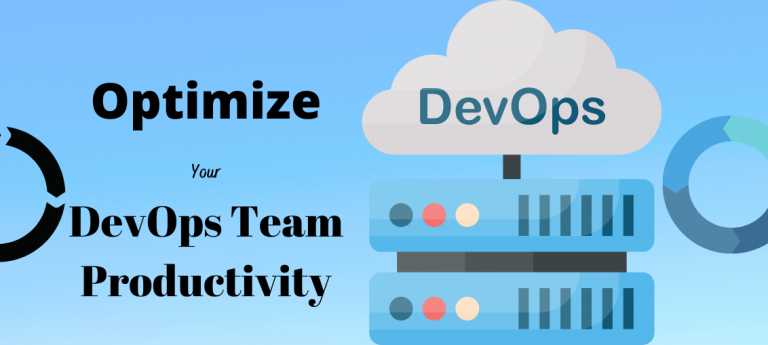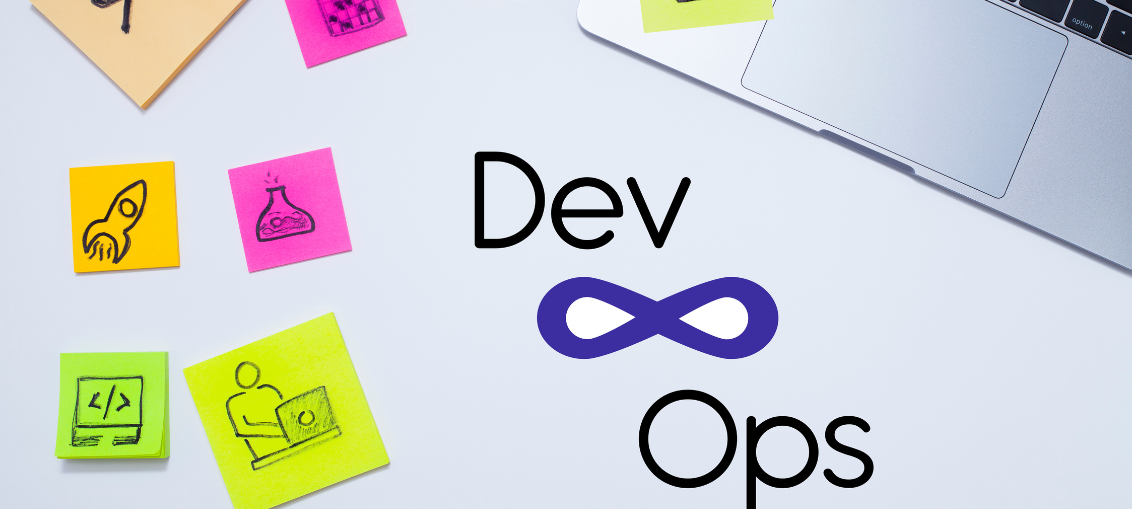75% of organizations need to upgrade their IT infrastructure to take advantage of available modern technologies. Unfortunately, because of the complicated process and continually changing IT environment, figuring out how to approach it and what to prioritize can be a challenge.
In some cases, businesses end up significantly overpaying for their IT infrastructure, which could have been acquired for much less. Other times, the IT technology might not be a good fit in the first place. This leads to a situation where it will have to be upgraded or completely replaced in the future.
Luckily, by using a few simple strategies, you can have a much better chance of improving your IT infrastructure in an affordable and targeted way. Let’s explore these strategies below.
Table of Contents
4 Ways To Improve The IT Infrastructure In Your Company
1. Consider Buying Used IT Equipment
Buying used IT equipment can make a lot of business owners uneasy. Since the equipment is not new, there are more risks involved with the process. It’s riskier if you don’t find a reputable buyer that can help you.
Nevertheless, the numerous benefits of opting for refurbished IT equipment make it an appealing proposition in almost any situation. You can save a lot of money while also being able to get top-level solutions that you might not be able to afford otherwise.
If you work with a reputable provider, you can rest assured that the products will go through thorough quality control and come with a comprehensive warranty, and the company will offer you thorough support throughout the process.
For instance, you can buy used Cisco Networking Equipment that will be as good as new, allowing you to have the switches, routers, devices, network adapters, add-on cards, and everything else you could need to set up networking hardware for an affordable price.
Leading products such as Cisco Networking Equipment can serve you for a very long time. But you must take care of them properly. Therefore, whether it works out or not comes down to working with a reputable provider. In particular, one that can refurbish the items and make them function as new in your organization.
2. Prioritize Data Security
Data security is more important than ever. With new threats becoming prevalent every year, businesses need to be aware of the main risks and take the necessary steps to keep sensitive business and customer data protected from unauthorized access.
But unfortunately, keeping up with the changing threats and the requirements for your security infrastructure can be a big challenge. Luckily, you can consult experts such as Liberty Center Troy MI, for example, who can offer you best-in-class cloud housing, disaster recovery, and a range of other solutions you can use to build a safe and efficient IT infrastructure.
A reputable company like that can help you create high-availability environments. These will protect your data and allow you to access it at any time, even in case of unexpected circumstances. And since today, your data can be your biggest asset, it makes sense to ensure that you have a system set up by industry-leading service providers.
3. Educate Your Staff
Having the best IT infrastructure for your business only matters you can ensure that your staff can use it. Only then can keep your company safe from unauthorized access.
In fact, if your team is well trained and understands the priorities of your IT infrastructure, they can make gradual improvements and offer helpful suggestions themselves, dramatically increasing the pace at which you can build and improve your infrastructure.
At the same time, educating the staff is essential. It’s the only way to enforce the security technologies and processes you have in place. Your employees need to be aware of the risks and the best practices of keeping company data secure. That includes understanding how to create strong passwords and consistently update them, logging in from secure devices, and not opening suspicious emails or files.
Read Also: 5 Tips To Help You Successfully Translate Your Online Store
4. Continually Re-Evaluate Your Needs
Just as business technology is always changing, so are your needs for IT infrastructure. And sometimes, what was completely adequate a year or two ago might not be sufficient today. At the same time, some of the technologies that were cutting-edge not too long ago could be obsolete. This creates bottlenecks or even puts your data at risk.
Therefore, it’s a good idea to develop a process for continually re-evaluating your IT infrastructure needs. You should keep track of how your company is changing, and look into what opportunities you could use to put yourself in the best position to succeed.
Technology is a key part of business success today. As a result, being able to recognize the most promising ways to upgrade and improve can provide you with a significant advantage in your market.
FAQs About Improving IT Infrastructure
How often should we assess our IT infrastructure?
Regular assessments are recommended, ideally annually or even more frequently depending on the industry and how rapidly technology evolves in your field.
What are the biggest challenges companies face when improving IT infrastructure?
Common challenges include budget constraints, lack of in-house IT expertise, and ensuring minimal disruption to ongoing business operations during upgrades or changes.
Should we outsource IT infrastructure management?
Outsourcing can be a viable option for companies that lack the internal resources or expertise to manage their IT infrastructure effectively. Carefully evaluate your needs and choose a reputable IT managed service provider (MSP).
What are the benefits of a well-maintained IT infrastructure?
Improved efficiency, enhanced security, increased productivity, reduced downtime, and better scalability are all key advantages.
How can we measure the success of our IT infrastructure improvements?
Track key metrics such as uptime, system performance, user satisfaction with IT services, and the number of security incidents to gauge the effectiveness of your improvements.
What are some emerging trends in IT infrastructure?
Cloud computing, artificial intelligence (AI) for IT operations management, and the Internet of Things (IoT) are shaping the future of IT infrastructure. Consider these trends as you plan for the future.
Bottom Line
Having a reliable and effectively utilized IT infrastructure comes with a range of advantages. It allows you to ensure connectivity, productivity, and security of your vital data assets.
The tips listed above will help ensure that you are getting top-level IT infrastructure solutions at a lower cost. It’ll help ensure you’re educating your team about how to use them and staying on top of the changing market landscape and your needs to make timely adjustments.
INTERESTING POSTS
- Cyber Security Or Physical Security – Which Should You Prioritize?
- Identity And Access Management Takes Up A Month Every IT Year
- 8 Best Cybersecurity Practices for Website Owners
- Is Cybersecurity Essential For Online Casino Websites?
- How To Protect Your Online Identity In 2024
- Managing Open-Source Vulnerabilities Like A Pro
- 5 Cybersecurity Tips For Small Businesses










